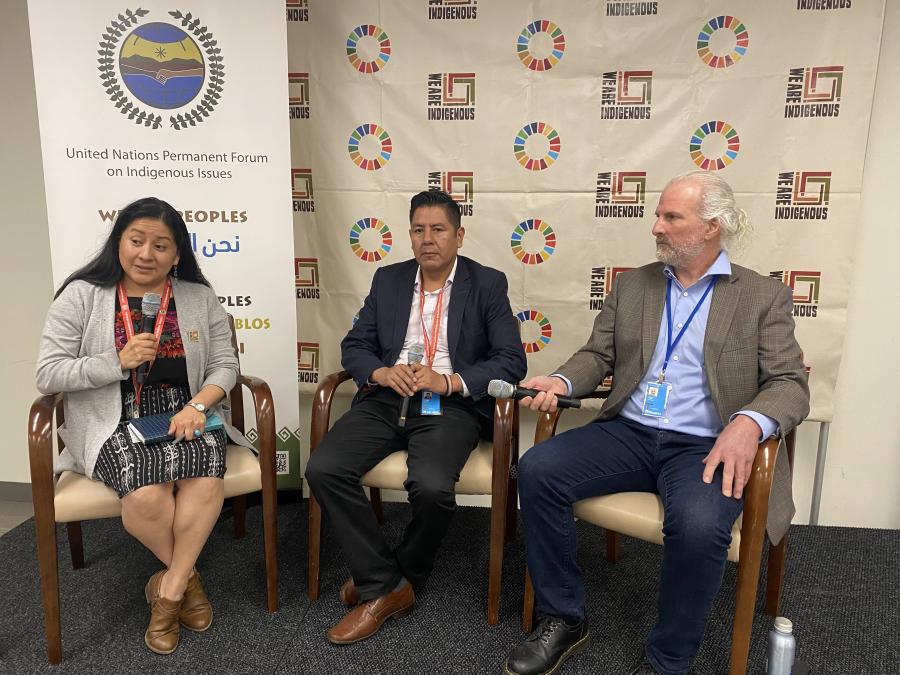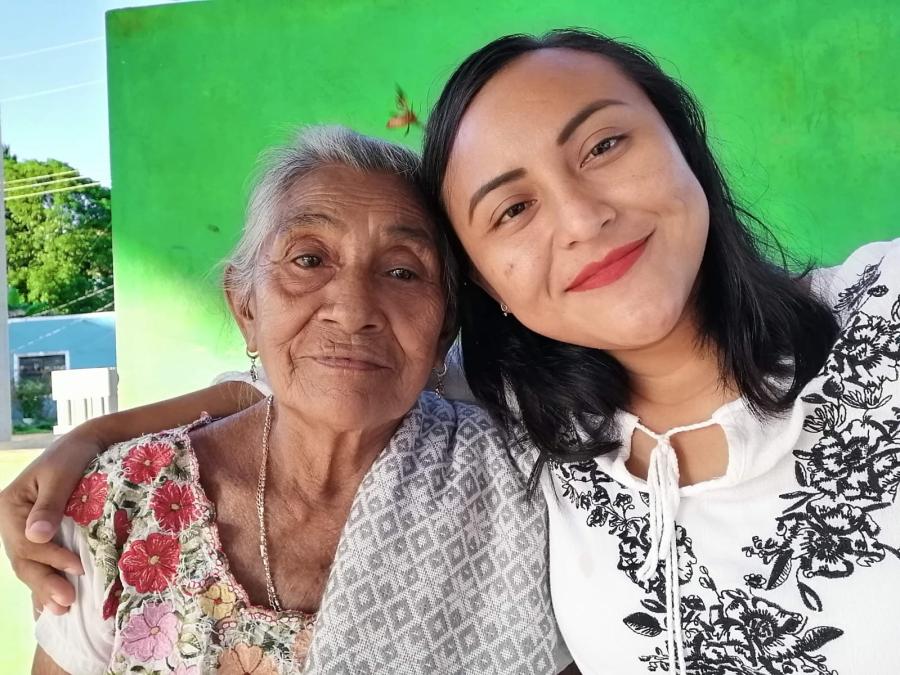
In my travels, I am always reminded of the presence of Indigenous Peoples; I know when I am on Indigenous land. I feel and honor the presence of ancestors and pay respect to them along with those I am visiting. Sometimes I can gaze upon sacred landscapes and homelands and understand; other times I gaze upon steel and concrete skyscrapers or other places where Indigenous People live and I feel more conflicted. I reflect on the many ways my own identify as a Native woman is shaped and how often our Indigenous identity is challenged as we live in integrated ways, and in some cases in complete dispossession of our lands and human rights.
In this issue of the CSQ, Ojibwe/Anishinaabe photographer Nadya Kwandibens discusses her artistry and the role of her photography to deconstruct the frozen images of the stoic Indian, Indians in the museums, movies, and history books that hold Indigenous identity to a past mythology. Her photo essays brilliantly portray a vibrant collective identity of Indigenous people living and interacting in contemporary settings.Importantly, her work also reflects an Indigenous resilience and strength that is inclusive of broadened and renegotiated space and identity. Kwandibens’ work portrays resistance and continuity.
This article sets the stage for many of the discussions that follow, speaking to the work being done to address the rights of Indigenous Peoples in spaces ranging from the local community level to international forums, and from our sacred waters. The leadership of two Indigenous women is recognized: Joan Carling and Rosalina Tuyuc tirelessly and courageously advocate for the protection of women and their rights in the face of insurmountable violence. Representing Indigenous women from their own regions, they also represent Indigenous women around the world whose ability to nurture families, communities, and mother earth as carriers of traditional knowledge is seriously threatened by loss of land, climate change, and displacement. As Tuyuc says, “Women connect, we connect very much with the air, with the earth, with the moon, and with the stars: this is to say we are not alone. We keep working and we also keep transcending borders to assert our rights.”
The Pacific Islander people continue traditional voyaging to connect, exchange news and information, and discuss critical issues facing their communities with others.The Climate Challenger Voyage, coordinated by the Titan tribe of Papua New Guinea, connects cultures and communities around the issue of climate change by drawing on traditional knowledge and practices. Ho–ku– le‘a’s World Wide Voyage reconnects familial ties of the Pacific and draws on traditional knowledge and practice while using technology for communication and documentation. Both voyages rely on sacred waterways as spaces for solutions, connections, and continuity.
Each article in the Quarterly reminds us of the diverse spaces Indigenous Peoples occupy to live and/or work in their contemporary lives. What is clear and important is that a collective Indigenous identity is asserting a presence in spaces both familiar and new.



